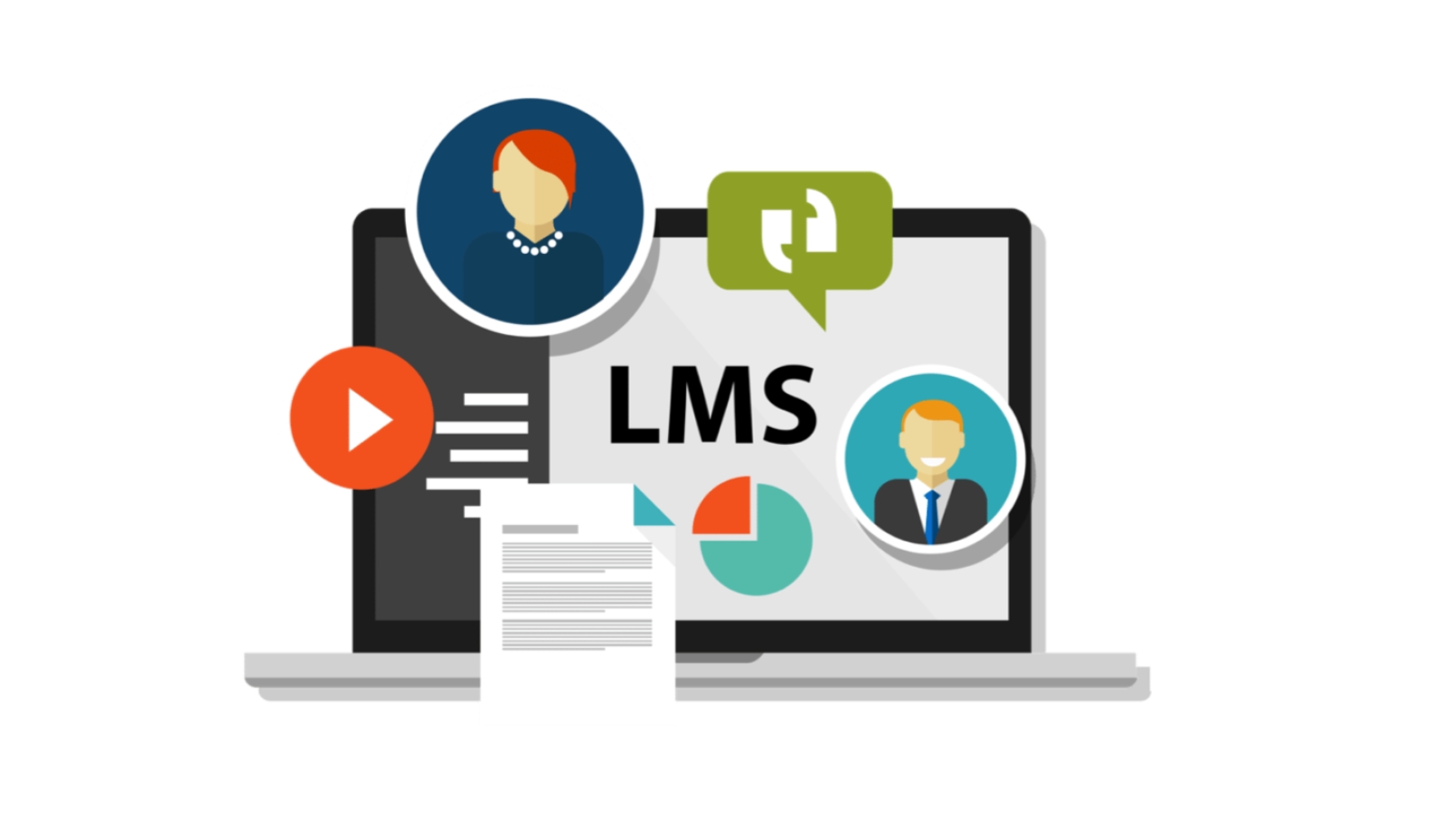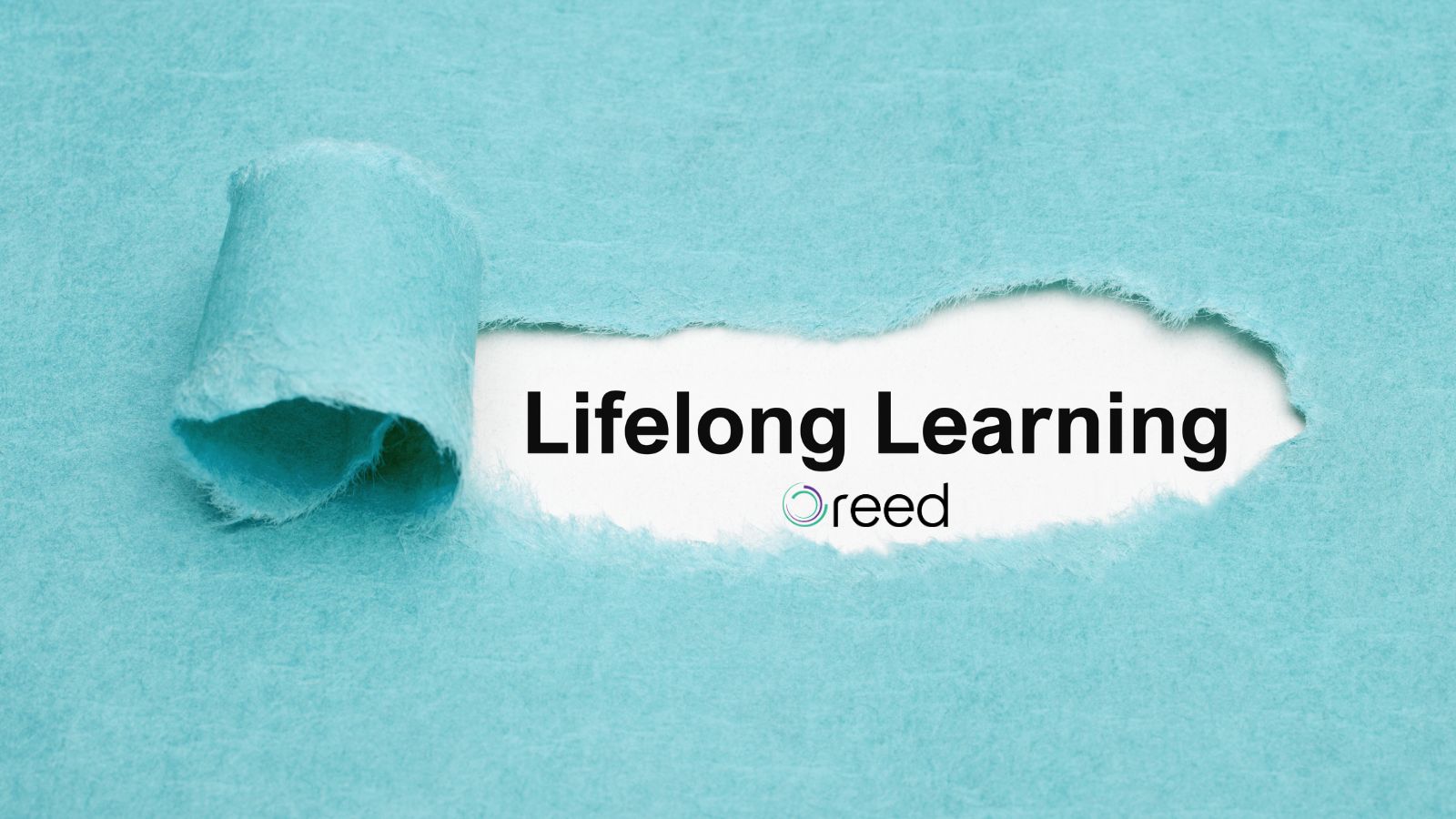Managing a multigenerational workforce requires a unique set of skills and strategies to leverage the strengths of each generation while minimizing potential conflicts and communication breakdowns.
In today's modern workplace, it's becoming increasingly common for companies to have a diverse range of employees from different generations, ranging from Baby Boomers to Gen Xers to Millennials and Gen Z.
Each generation has its unique set of experiences, values, and communication styles, which can pose a challenge for managers trying to keep everyone engaged, motivated, and productive.
In this comprehensive guide, we will explore all you need to know about managing a multigenerational workforce.
Whether you're a seasoned manager or a new leader managing a team with multigenerations, this guide will provide you with the knowledge and tools needed to create a positive work environment where everyone can thrive.
What Is A Multi Generational Workforce?

A multi generational workforce is a diverse group of employees belonging to different generations working together in the same organization.
These generations can include Baby Boomers, Gen Xers, Millennials, and Gen Z.
Each generation has its unique set of experiences, values, beliefs, and communication styles that can impact their approach to work and how they interact with their colleagues and managers.
Having a multi generational workforce can offer various benefits to organizations, such as a broad range of perspectives, increased innovation and creativity, and a diverse skill set.
However, managing a multigenerational workforce can also present challenges, including differences in work styles, expectations, and communication preferences.
Effective management of a multi-generational workforce requires managers to understand the unique characteristics of each generation and leverage their strengths while minimizing potential conflicts and communication breakdowns.
Benefits Of A Multi-Generational Workforce

A multi-generational workforce can offer various benefits to organizations, including:
1. Diverse Perspectives
Each generation brings a unique set of experiences and viewpoints to the workplace, allowing for a broad range of perspectives and ideas that can lead to increased innovation and creativity.
2. Broader Skill Set
A multi-generational workforce can have a wider range of skills and expertise, allowing for a more comprehensive approach to problem-solving and decision-making.
3. Knowledge Sharing
Older employees can share their knowledge and experience with younger colleagues, while younger employees can bring fresh ideas and technical skills to the workplace.
4. Increased Productivity
By leveraging the strengths of each generation and promoting collaboration and teamwork, a multi-generational workforce can lead to increased productivity and efficiency.
5. Improved Employee Morale
A diverse and inclusive workplace that values all generations can create a positive work environment that improves employee morale and reduces turnover.
6. Better Customer Service
A multi-generational workforce can help organizations better understand and connect with their diverse customer base, leading to improved customer service and satisfaction.
Overall, a multi-generational workforce can bring numerous benefits to organizations that value diversity, inclusivity, and collaboration.
How To Manage A Multigenerational Workforce?

Wondering how to manage a multigenerational workforce?
In this section, you will learn all you need to know about how to manage a multigenerational workforce.
1. Understand Each Generation's Unique Characteristics
To effectively manage a multi-generational workforce, it's essential to understand and appreciate the unique characteristics and work styles of each generation.
Baby Boomers, for example, are often known for their strong work ethic, loyalty, and preference for face-to-face communication.
Gen Xers may be more independent, adaptable, and technologically savvy, while Millennials and Gen Z may prefer a collaborative work environment and value work-life balance.
By understanding these differences, managers can tailor their communication and management styles to better engage and motivate employees from each generation.
2. Foster Open Communication
Clear and open communication is key to managing a multi-generational workforce successfully.
Encouraging open communication among employees, regardless of their age or generation, can help prevent misunderstandings and conflicts, promote collaboration and teamwork, and foster a positive work environment.
Managers should provide various communication channels, such as email, instant messaging, and video conferencing, to ensure that all employees feel included and informed.
3. Provide Ongoing Training And Development
Offering ongoing training and development opportunities to all employees is essential to ensure that they have the skills and knowledge needed to succeed in their roles.
This is particularly important for older employees who may be less familiar with new technologies and younger employees who may benefit from mentoring and coaching.
Providing training and development opportunities can help employees stay up-to-date with the latest trends, technologies, and best practices, regardless of their age.
4. Embrace Flexibility
Each generation has different work preferences, and it's essential to provide flexibility in terms of work arrangements, schedules, and work-life balance.
This can include flexible work hours, remote work options, or job sharing.
By embracing flexibility, managers can accommodate the diverse needs and preferences of their employees and promote a more inclusive work environment that values work-life balance.
5. Create A Culture Of Inclusivity
Creating a culture of inclusivity that values diversity, regardless of age, gender, race, or background, is essential to managing a multi-generational workforce.
Celebrating the unique perspectives and strengths of each generation and promoting a culture of respect and understanding can help build a positive and productive work environment.
This can include organizing team-building activities, recognizing employees for their contributions, and providing opportunities for cross-generational mentoring and collaboration.
In conclusion, managing a multi-generational workforce requires understanding and appreciating the unique characteristics and work styles of each generation, fostering open communication, providing ongoing training and development, embracing flexibility, and creating a culture of inclusivity.
By following these tips, managers can leverage the strengths of each generation, minimize potential conflicts, and create a positive and productive work environment for all employees.
Manage Your Team With Oreed
Looking for a comprehensive training platform to enhance your employee training program?
Look no further than Oreed – the all-in-one solution that is widely regarded as one of the best platforms available.
1. Employee Awareness
With Oreed, you can increase employee awareness and gain a comprehensive 360-degree view of your workforce.
This powerful capability enables you to make evidence-based decisions by leveraging the information at your disposal.
2. Training/Courses
Oreed's enhanced employee awareness also enables you to gain a deeper understanding of your employees' training needs, making it easier to plan and develop future training and courses effectively.
Additionally, Oreed offers customizable training and courses tailored to meet your organization's specific needs.
3. Impact Of Training/Courses
With Oreed, you can measure the impact and effectiveness of your training and courses, allowing you to evaluate their success and make data-driven decisions for future training initiatives.
So what are you waiting for? Book a demo with Oreed today and find out more about our features.
Promote lifelong learning through Oreed by experiencing the most powerful all-in-one training and development intelligent platform that streamlines all your organization's learning, training, and development activities in one place.
Final Thoughts
Managing a multigenerational workforce can be a challenging task, but it's essential for creating a positive and productive work environment.
A comprehensive guide to managing a multigenerational workforce should provide insights into understanding each generation's unique characteristics, fostering open communication, providing ongoing training and development, embracing flexibility, and creating a culture of inclusivity.
By following these tips, managers can effectively manage their workforce and leverage the strengths of each generation to create a cohesive and high-performing team.
Moreover, with the help of innovative platforms like Oreed, organizations can enhance their employee training and development programs and measure their impact, ultimately leading to a more skilled and engaged workforce.
FAQs
1. What are the 3 main generational groups currently in the workforce?
The three main generational groups currently in the workforce are:
Baby Boomers
This group was born between 1946 and 1964 and is currently aged 57-75. Baby Boomers are often considered to be hardworking, loyal, and focused on their careers.
They are typically known for their strong work ethic and preference for face-to-face communication.
Generation X
This group was born between 1965 and 1980 and is currently aged 41-56. Gen Xers are often considered to be independent, adaptable, and technologically savvy.
They are known for their ability to balance work and family and their preference for a flexible work schedule.
Millennials
This group was born between 1981 and 1996 and is currently aged 25-40. Millennials are often considered to be collaborative, tech-savvy, and focused on work-life balance.
They are typically known for their preference for a collaborative work environment and their desire for continuous feedback and learning opportunities.
2. What are the goals of a multigenerational workforce?
The goals for a multigenerational workforce are centered around creating a diverse, inclusive, and collaborative workplace culture that values each generation's unique skills and experiences.
This involves promoting open communication and teamwork across all age groups and offering ongoing training and development opportunities tailored to the specific needs of each generation.
By embracing flexibility in work arrangements, organizations can support the work-life balance needs of employees from different generations and enhance their overall job satisfaction and retention.
Ultimately, achieving these goals can lead to a more engaged and productive workforce and improved business outcomes for the organization.





